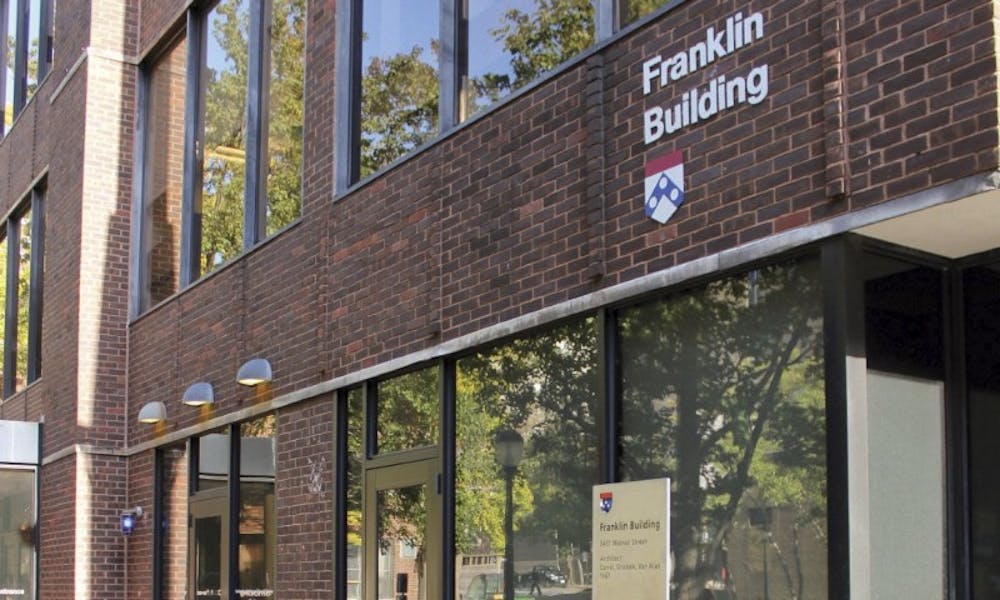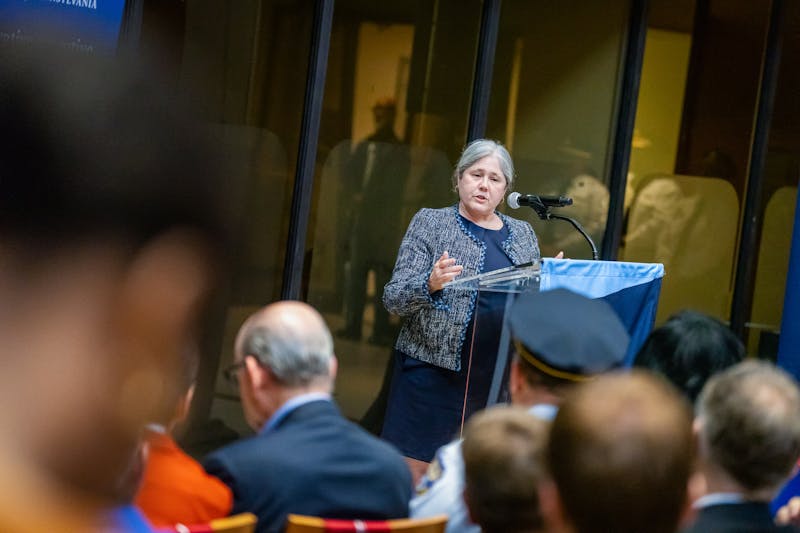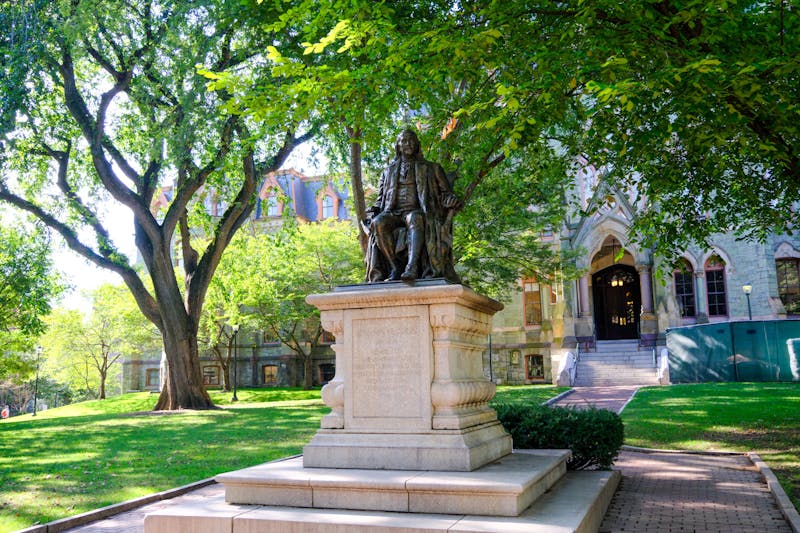
SRFS does not yet know how many more students will potentially qualify for aid with the increase in financial aid amount, or how much more aid will be granted.
Credit: File PhotoPenn has announced that it will increase the cost of attendance by 3.9 percent for the 2017-2018 school year, while increasing its undergraduate financial aid budget by $9.4 million.
University Director of Financial Aid Elaine Papas-Varas said Student Registration and Financial Services tries to use the increased funds to provide aid for more students when tuition costs rise.
“The goal is that more students will qualify for financial aid,” she said. “As we continue to look at the range of our population of students and the income and the expected family contribution, the goal here and what we’re excited about is that the pool of students can continue to grow.”
SRFS spokesperson Karen Hamilton said SRFS does not yet know how many more students will potentially qualify for aid with the increase in financial aid amount, or how much more aid will be granted, as the Class of 2021 is still being formed.
“We commit to meeting need 100 percent without loans,” Hamilton added. “That is the motivation behind the increase in the financial aid budget. The University has a commitment to make sure that any student that is admitted, no matter what their need is, will be met by Penn with a need-based package.”
Still, The Daily Pennsylvanian has previously reported that many Penn students take out loans, especially students from middle-class families.
Vice President of the UA and College senior Sola Park feels that SRFS can work to minimize “hidden costs” associated with attending Penn, such as the costs of textbooks, housing, dining and field trips.
“I think it’s really important for SRFS to get more involved with helping cover costs,” Park said.
Papas-Varas concedes that paying for a Penn education can be difficult for the middle class.
“It’s a topic that nationally, financial aid offices have started to talk about,” she said. “The middle class is growing, and the middle class is getting crunched by the cost of education and their ability to pay for education.”
She added that it’s “also the federal government’s responsibility” to contribute solutions for this group of students.
“What are we offering to the middle-range student, the student that can afford to pay some money towards education, but not enough to cover the full bill?” she asked. “Does that mean loans for a middle-income student?”
She also noted that the pool of middle-class students is growing.
"While we may not be able to say to you right now, we are doing this, this, this and this, what I can say is that there is a lot more conversation happening about this group,” Papas-Varas said.
College senior Sam Murray, the undergraduate chair of the Student Financial Services Advisory Board, said SRFS has been able to provide more aid for students over time, even if the reduction in cost has been relatively modest.
“The average net cost for students receiving aid is about almost $3,000 less than it was about 10 years ago,” Murray said. “So although tuition increases may not be ideal, the Trustees work hard to keep them as low as possible.”
Hamilton added that Penn has made efforts to avoid unnecessary tuition increases.
“[Increase is] always under the 4 percent mark, and correlating to that, the aid budget has increased at a rate of almost double that, so I think that’s an important factor to look at,” she said.
Papas-Varas explained that the tuition increase will help with the costs of faculty salaries, the development of new programs and basic facilities.
“I’ve been to a number of different schools, and I really appreciate Penn’s approach to increasing tuition,” Papas-Varas said. “While there’ll be schools that may be looking for that to be revenue, we’re looking to make sure we can manage the continued growth, continued development, improvement of faculty and maintenance of our facilities.”
President of the Undergraduate Assembly and College senior Kat McKay feels that while SRFS works hard to meet the needs of students, there is still an information gap that needs bridging.
“Students don’t necessarily know all the different ways that SRFS can support them financially,” she said. “And then also SRFS doesn’t necessarily know every sort of issue that students who need aid face in their day to day lives.”
McKay added that students who want to study abroad typically struggle when faced with additional fees that are not covered by SRFS.
“Students who come from higher socioeconomic backgrounds don’t have the same barriers for writing a check for $1000 or whatever it may be that students from lower socioeconomic backgrounds do have,” she said.
The Daily Pennsylvanian is an independent, student-run newspaper. Please consider making a donation to support the coverage that shapes the University. Your generosity ensures a future of strong journalism at Penn.
Donate






